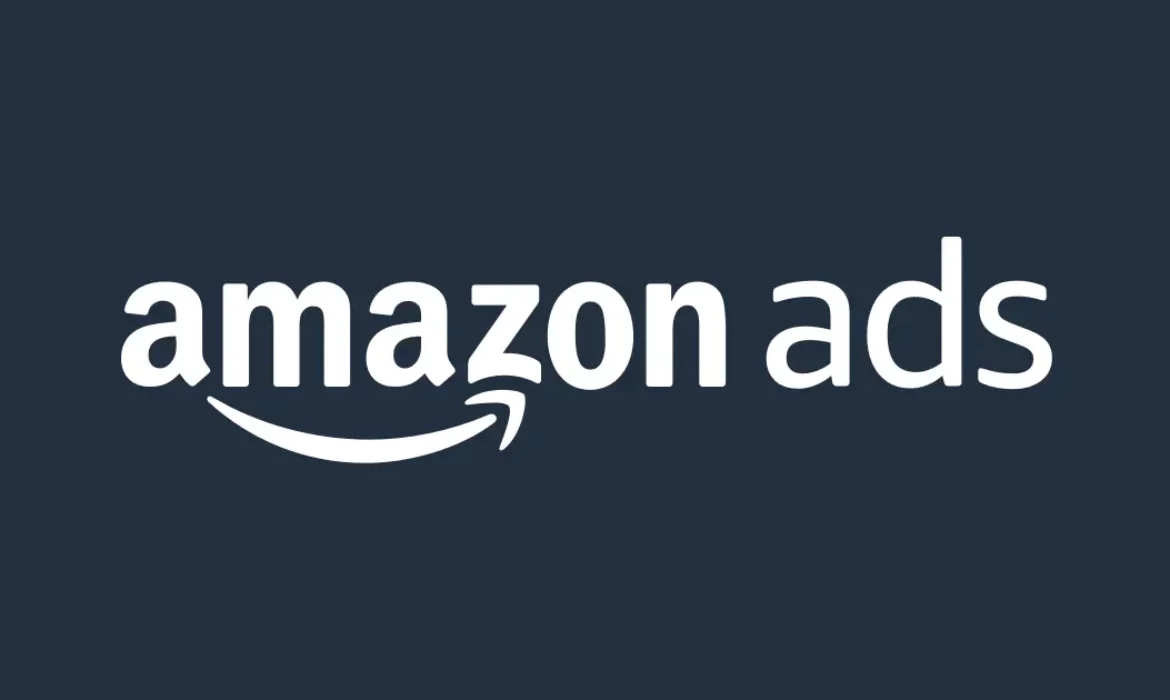Amazon Ads Develops Special Solutions Suite for Advertisers in 2024
Amazon Ads has developed a special solution for advertisers after identifying several major trends that will influence digital advertising in 2024. The broader usage of generative AI, the growing uptake of streaming TV commercials by companies of all sizes, the use of clean rooms for campaign optimization, and the accelerating pace of investments in cutting-edge machine learning models are some of these trends.
Amazon Ads’ Solution Suite for Advertisers
Image generation tool
For the past year, the advertising business has been using generative AI as a semantic, with leaders praising its potential to completely transform creative development. Generative AI is expected to become a crucial tool for advertisers in 2024, enabling the effective creation of visuals for a brand at scale, according to Amazon Ads. Based on a poll done by Amazon Ads in March 2023, about 75% of advertisers said that developing ad creative and selecting creative formats were the biggest obstacles to creating effective campaigns.
Amazon Ads has introduced an image-generating tool for US advertisers taking part in Sponsored Brands campaigns to tackle this. With the help of this generative AI technology, brands will be able to develop lifestyle content. It can greatly enhance ad performance by removing creative limitations.
Sponsored TV for US advertisers
Large brands have always dominated the streaming TV ad market. But according to Amazon Ads, businesses of all kinds will start using the technology in the masses by 2024. Amazon Ads hopes to democratize access to streaming TV advertising with the introduction of Sponsored TV for US advertisers. With no upfront costs or minimum expenditure restrictions, the solution gives the same flexibility as Amazon’s sponsored ads and includes retail-aware, shoppable ad layouts.
Read More: GroupM and Amazon Ads Partner for Creator-Led Shoppable Format
miniTV in India
Additionally, miniTV, an ad-supported free video streaming service, has been launched by Amazon in India. It offers advertisers the chance to engage in brand integrations. The Amazon.in, shopping app, site, Fire TV, and standalone miniTV app are all integrated with miniTV. Young adults, and health- and fashion-conscious consumers who enjoy traveling and trying out new things are among miniTV’s target demographics. Through miniTV advertisements, brands may offer viewers one-click access to their Amazon buying pages, enhancing brand recognition, purchase intent, and brand association without requiring them to exit the app.
Prime Video Ads
Amazon revealed that there will be limited advertisements for Prime Video movies and series worldwide beginning in early 2024. The goal of the move is to maintain and improve the platform’s content offerings while enabling the corporation to make long-term investments in more interesting films and TV series. Channels from Fire TV will be included as well. Fire TV has won over fans in India, where it is now their go-to source of entertainment.
In addition, the company emphasizes that there will be fewer adverts on Prime Video than on linear TV and other streaming platforms. With more than 150 million Fire TV devices sold worldwide, it provides a chance for advertisers to connect with viewers. They can also search and find new content. For an extra $2.99 (about INR 250) each month, users can enjoy Prime Video without any ads. On laptops, tablets, smartphones, and smart TVs, Prime Video provides movies and TV series in up to 4K quality.
Amazon Marketing Cloud (AMC)
Clean rooms are becoming a more popular tool among advertisers for campaign design, optimization, and impact measurement. Clean rooms allow marketers to analyze data from various sources and produce personalized marketing insights. The Amazon Marketing Cloud (AMC), a secure and encrypted clean room solution provided by Amazon Ads, enables advertisers to compile signals and obtain a thorough grasp of consumer behavior across several channels. In addition to reporting on cross-channel media performance, it can be used to supplement Amazon DSP’s reporting features.
Read More: Google Plans to Introduce Programmatic Support for Limited Ads
Amazon Publisher Cloud
Furthermore, Amazon Ads unveiled Amazon Publisher Cloud, the first and only clean room solution. It lets publishers use Amazon Ads insights to examine their first-party signals and optimize programmatic agreements for maximum reach.
Advanced Machine Learning Models
Advertisers need to emphasize relevance, protect the integrity of their insights, and uphold customer trust to reach incremental performance targets. Key tactics will include implementing model-based solutions, developing an engaged audience awareness, and generating outcomes. To remain relevant, advertisers are adjusting to a world without cookies, anticipating further investment in this area.
Amazon Ads expects a spike in investment in advanced machine-learning models. This is due to the constantly shifting consumer landscape and growing concerns around ad relevancy. Amazon DSP advertisers now have access to improved campaign control systems and new, more advanced machine learning models. To assist advertisers in forecasting and reaching highly relevant audiences at the lowest possible cost, these models analyze a variety of signals.
Based on an internal review conducted across US campaigns, Amazon Ads found that modeled audiences offer improved delivery and engagement rates, with a 25% increase and a 12% decrease in cost per click per impression. The average return on ad spend for US Amazon DSP ads has increased by more than one-third. It was largely due to the variety of buy, browse, and streaming signals.
Read More: Amazon Ads and IPG Mediabrands Ink 3-year Deal for Upcoming Prime Video Ads
Google Plans to Introduce Programmatic Support for Limited Ads
In Q1 2024, Google plans to introduce programmatic support for Limited Ads. The purpose of this new feature is to minimize the use of personal data for ad personalization by giving publishers the ability to serve ads to consumers in a restricted manner. Limited ads prevent personal information from being gathered, shared, and used for personalizing ads. Consequently, some ad features are not available for Limited Ads, including interest-based categories, remarketing, and audience targeting. Publishers who choose to use this new programmatic assistance will be able to profit from the demand for contextual programmatic content coming from
- Google Demand
- Authorized buyers
- Open bidding
- SDK Bidding.
With programmatic demand, this feature gives publishers the opportunity to potentially boost revenue. When choosing whether or not to use invalid traffic-only cookies, it is advisable to consult the legal department for guidance as there may be legal ramifications.
What are limited ads?
In essence, limited ads allow publishers to offer consumers a restricted selection of ad formats. Limited ads accomplish this by disabling the gathering, sharing, and utilization of personal information for ad personalization. Some ad features are not available for limited ads because they disable all personalization of ads that need a local identifier. Among the primary features of the unavailability of ads are:
- Any sort of ad personalization
- Audience targeting
- Remarketing
- Interest-based categories
- Mobile carrier targeting
- Conversion (and in-app conversion) metrics.
Read More: Amazon Prime Video to Introduce Limited Ads in 2024
What is invalid traffic?
Any traffic that is not produced by a real user with a legitimate interest is considered invalid traffic. This can include:
- Accidental clicks caused by intrusive ad implementations
- Fraudulent clicking by competing advertisers.
- Advertising botnets and more.
It’s crucial to remember that Google continues to mandate, without requiring user consent, the use of local storage for programmatic demand and invalid traffic detection-only cookies. Publishers are not required to utilize the new programmatic feature, though. Google recognizes that publishers are subject to different laws and regulations regarding user consent. It is therefore recommended that publishers check with their legal departments to see if this programmatic feature complies with their policies and specifications.
Why do publishers need to consider this?
The new programmatic feature will be enabled by default as soon as it becomes available. Publishers will, however, be able to disable the feature if they so choose. Publishers must consider the possible effects of restricted ad personalization on user experience and revenue generation. Less relevant advertisements may be shown to users, which could affect how they view the publisher’s website. In addition, the lack of personalization could lead to a decline in engagement and a decrease in additional revenue from Limited Ads.
Programmatic bidding on limited ads is now an optional feature on Google since publishers are legally liable for the tools they employ. Moreover, opinions on whether user consent is required for local storage and invalid traffic-only cookies may differ. It implies, in a way, that there isn’t a solution that works for every publisher. Google suggests that in order to decide whether or not to use the new programmatic feature, publishers should consult with their own legal teams.
In summary, publishers should proactively review their current policies and procedures regarding user consent, even though Google has not specified a specific launch date for this feature. If qualified, publishers can decide if using this enhanced programmatic ad-serving feature fits their unique requirements and objectives.
Read More: Google Release Updated Ad Review Centre for its Ad Platforms



